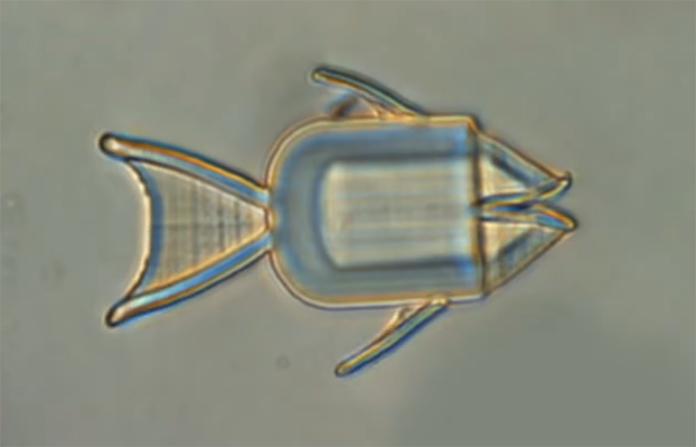Scientists in China have designed fish-shaped microbots that can deliver chemotherapy drugs at the site of tumors.
Chemotherapy is one of the most widely used drug treatment for cancers. It is often used alone or in combination with surgery and other treatment combinations. These drugs are effective at slowing cancer growth and killing cancer cells. However, chemotherapy drugs can’t differentiate between healthy and cancerous cells and ends up destroying nearby healthy cells as well. Thus, resulting in nausea, hair loss, infections, and several other side-effects. Researchers believe that direct delivery of cancer drugs to these tumor cells can help avoid the side-effects. As a result, a team at the University of Science and Technology of China have developed microbots that change shape in response to pH changes and directly deliver chemotherapy drugs to cancer cells.
The team recently tested the microbots a petri dish containing artificial blood vessels and cancer cells. Results from the study are available in the journal ACS Nano.
Crab, Fish, and Butterfly
Using a pH-responsive hydrogel, the team of researchers 4D printed microbots in the shape of a fish, crab, and butterfly. These microbots could change shape in response to pH changes in the environment, e.g., the acidic state of tumor cells. Next, they placed these shape-changing microbots in a suspension of iron oxide nanoparticles to make them magnetic. Thus, allowing them to remotely control their movement.
To test their design, the team placed these microbots in a petri dish with blood vessels, and cancer cells at specific locations of the petri dish. They then steered the fish-shaped microbots, containing chemotherapy drugs, through the artificial blood vessels. When they lowered the surrounding pH, it triggered the release of the drug through the fish’s mouth and killing of nearby cells.
Due to a combination with magnetic propulsion, a shape-morphing microcrab (SMMC) is able to perform targeted microparticle delivery, including gripping, transporting, and releasing by “opening–closing” of a claw.
-study authors
The proof-of-concept study demonstrates a minimally invasive drug delivery procedure that can target specific locations within the body. However, before the design can be implemented, researchers will need to make the microbots even smaller to help them navigate real blood vessels. Moreover, there is a need for a suitable imaging method that can track the movements of these drug-containing microbots throughout the body.
Reference:
ACS Nano 2021, 15, 11, 18048–18059
Publication Date:October 19, 2021
https://doi.org/10.1021/acsnano.1c06651




